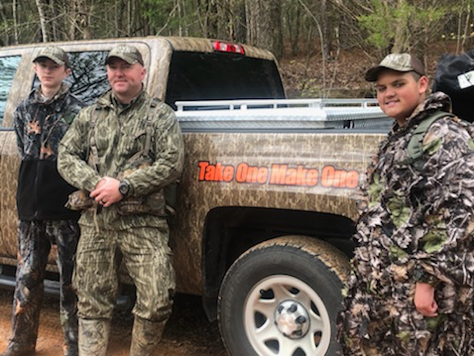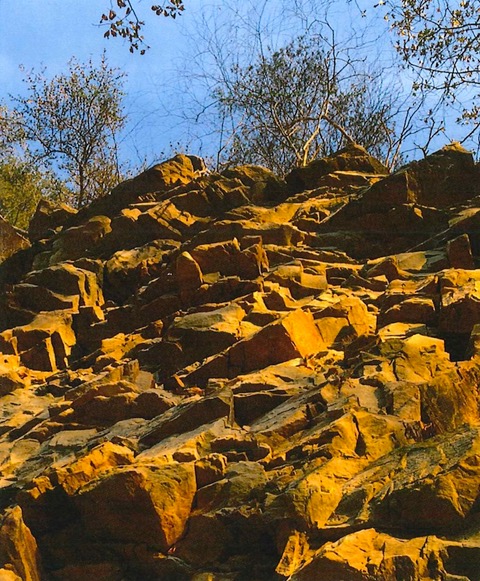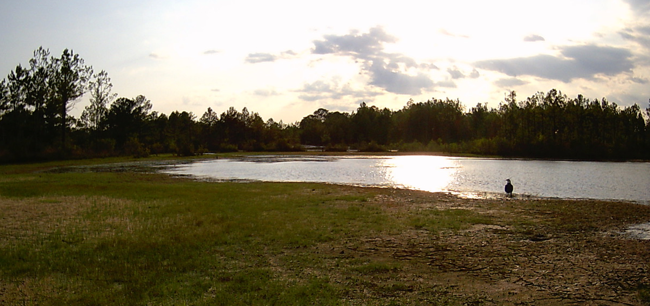Protecting America’s Natural Land
Before halting its land conservation efforts in January 2019, in recent years, Ornstein-Schuler Investments (OSI) worked with investors who chose to permanently conserve more than 27,000 acres of ecologically valuable land, an area equivalent to 32 Central Parks.
These past conservation efforts continue to generate positive conservation outcomes in the states and local communities. Some of those benefits are listed below:
Mitigating Over-Development Through Permanent Conservation
By choosing to forego development and instead donate thousands of acres of natural land to qualified land trusts – a process that involves donating what is called a conservation easement – OSI’s investors have played an important role in helping reverse a dangerous trend of over-development. In fact, OSI’s investors have permanently conserved more than 27,000 acres of ecologically valuable land, an area equivalent to 32 Central Parks. All told, these permanently protected properties have sequestered more than 100 million pounds of carbon dioxide and will sequester an additional 4.45 billion pounds over the next century.
Public Benefits
In their permanently conserved state, the forests, pastures, marshes, streams and ponds of OSI’s conserved lands act as a natural carbon dioxide sink, cleaning the air and sequestering carbon dioxide. Because of these successful conservation efforts, many of the detrimental effects of urbanization are reduced and countered through improved air and water quality, the provision of open space and scenic vistas, and a lessening of the local infrastructure burden. Studies conducted in three different states estimate that, for each dollar invested in programs for conservation easements, taxpayers saved $4 to $12 that would have otherwise gone to addressing water and air pollution caused by the development of the land.
Additionally, OSI’s investor conservation efforts have prevented the open-pit mining of more than 2.7 billion tons in proven mineral resources (specifically, sand, gravel, and limestone), protecting that land from the destruction caused by the mining process.
Preventing Excessive Loss of Natural Land in the Southeastern U.S.
In recent decades, Georgia, where OSI is based, and the nearby states of Alabama, Florida, South Carolina, and Tennessee, have experienced robust economic and population growth, as well as the over-development of natural land and the coinciding disruption and imperiling of important ecosystems. Without OSI’s investors and other landowners having permanently protected substantial amounts of un-developed land through conservation easements, these states and their communities would be faced with a greater imbalance between economic growth and the environment, resulting in lower air and water quality, as well as less available land for public parks, community spaces, and native wildlife populations.
Case Study Examples and Public Benefits of OSI Conservation
Preserving Land for Our Nation’s Heroes
In northern Alabama, 433 acres of natural land could have been turned into a mining operation. OSI’s investors thought this tract of land was important to preserve and protect from future development and instead of proceeding with a mining operation, decided to donate it to a qualified land trust. Today, the property – with its wetlands, streams, bedrock shoals, forests, open fields, and trails – is being used as a retreat ground for disabled veterans and their families. After a recent retreat, a veteran wrote a letter saying, “We have never enjoyed ourselves so much!” “As a veteran who has seen combat, I know the importance of making memories with your loved ones.” For 2020, there are already plans for over ten events to take place on this property involving partnership with organizations like the Wounded Warriors Project.
Safeguarding the North American Model of Wildlife Conservation
In northeastern, South Carolina, 798 acres of land rich in natural resources had the potential to be developed into an operational mine, and instead was permanently conserved by OSI investors deciding to place a conservation easement on the property. In a permanently conserved state, this land provides a unique public contribution through protection of headwaters in a key watershed, where it not only improves air and water quality in the area through carbon sequestration and soil stabilization, but also offers hunting opportunities for people under the North American Model of Wildlife Conservation, which is a proven approach to successful conservation in our country.

Preserving Nature’s Resources and Facilitating State Wildlife Action Plans
In southern Tennessee, 242.37 acres of land contain a mix of deciduous hardwood forests with high priority habitats as defined by the Tennessee State Wildlife Action Plan, a plan that was created to support hundreds of plants and species of conservation need. This beautiful tract of land is located in the Upper Battle Creek Watershed which feeds into Marin Creek and Battle Creek; both of which have been named as perennial streams and tributaries of the Tennessee River. These 242.37 acres were originally identified for the presence of subsurface limestone deposits that had a sufficient quality and quantity to be developed into a subsurface limestone quarry. However, rather than develop the property into a limestone quarry, OSI’s investors decided to donate a conservation easement to a national land trust, thereby providing significant benefit to the public including the protection of the property’s water resources and native species.

Protecting Vulnerable Species and Habitat
In Southwest Alabama, OSI helped permanently protect 2,664 acres of land stretching across an important tributary, which is home to wild turkeys and several vulnerable species such as the Tiger Salamander, Pine Barrens Treefrog, Rainbow Snake, Wood Stork, Gopher Tortoise, and the Alligator Snapping Turtle. The property was donated to a qualified land trust organization which immediately began establishing best management practices for the wildlife and the land’s many diverse habitats, such as black water streams, floodplain forest, swamps, pine flatwoods, and river bluffs. The property was also made available to the Alabama Department of Natural Resources for educational purposes.

Protecting Endangered Marine Life
In northeast Alabama, 323 acres of land in the Southern Shale Valleys region known for land rich in commercially valuable resources, had the potential to be turned into a mine. OSI’s investors chose to place a conservation easement on that land and today, the land trust manages the property’s forest through best management practices outlined in a 10-year forestry management plan. Furthermore, the land trust subsequently discovered that the Trispot Darter, a fish determined to be a threatened species by the U.S. Fish and Wildlife Service, lives in the property’s watershed for the Coosa River, and now, this safe and conserved spot for the Trispot Darter is preserving current habitat and providing researchers an opportunity to learn more about the species.

Photograph by Bernard Kuhajda via the Center for Biological Diversity.
Benefits for Future Generations
While OSI is no longer involved with real estate offerings where the donation of a conservation easement is an option, we are incredibly proud of how our past work in permanently conserving environmentally important land continues to benefit the public and local communities, and will do so for generations to come.